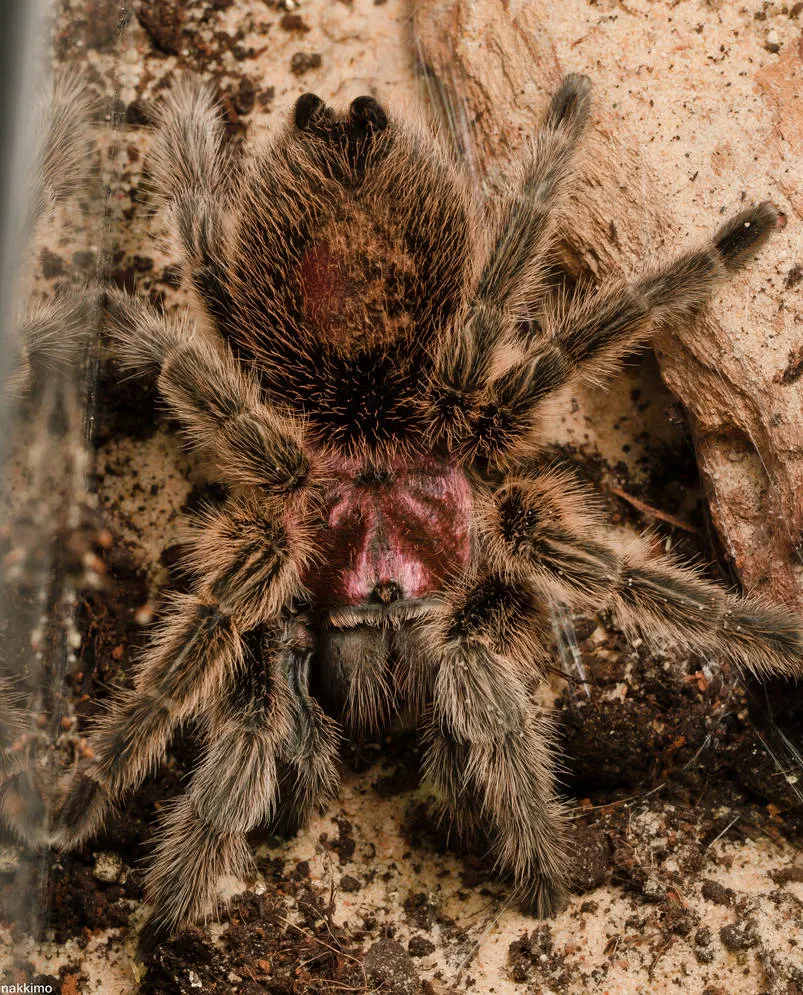Chilean Rose Tarantula Care Essential Tips
The Chilean Rose Tarantula, a captivating creature, has become a popular choice for beginner arachnid enthusiasts. Their relatively docile temperament, combined with their striking appearance and manageable care requirements, makes them an appealing pet. This comprehensive guide will provide you with the essential tips to ensure your Chilean Rose Tarantula thrives. From habitat setup to feeding and handling, we’ll cover everything you need to know to provide a happy and healthy life for your eight-legged friend. Understanding their needs is crucial for responsible pet ownership, and this guide will empower you with the knowledge to provide optimal care. Whether you’re a seasoned tarantula keeper or a complete novice, these essential tips will help you create the perfect environment for your Chilean Rose Tarantula to flourish.
Choosing the Right Chilean Rose Tarantula
Selecting a healthy Chilean Rose Tarantula is the first step towards successful ownership. Observe potential tarantulas carefully before making a purchase. Look for a tarantula that appears alert and active, with a plump abdomen. Avoid those that seem lethargic, have a shriveled abdomen, or exhibit any signs of injury or illness. A reputable breeder or pet store will be knowledgeable about their tarantulas’ history and care. Asking questions about the tarantula’s age, feeding habits, and any previous health issues can provide valuable insights. A healthy tarantula is more likely to thrive in your care, providing you with years of enjoyment. Don’t rush this important step, take your time and make an informed decision.
Consider Their Temperament
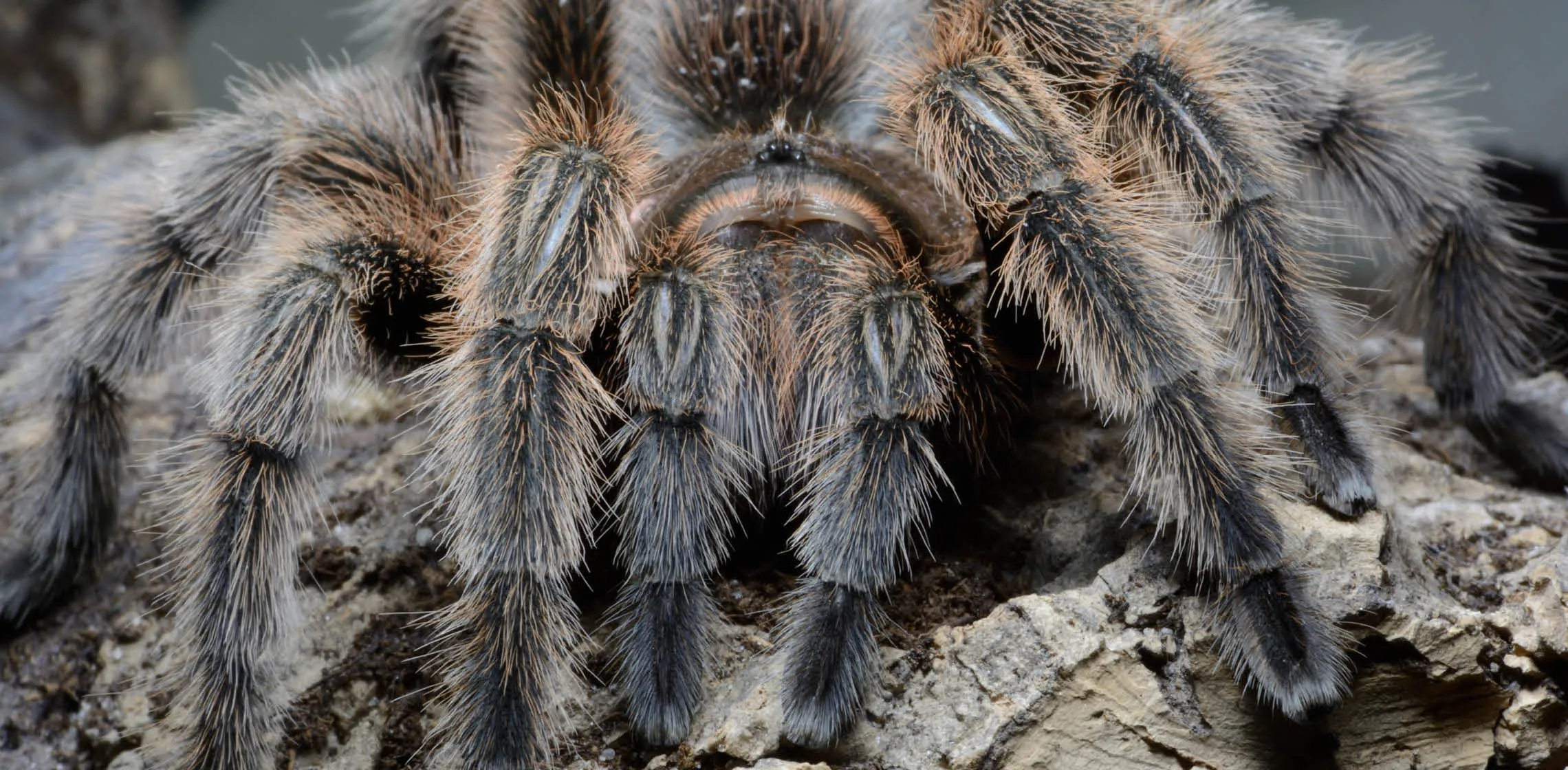
Chilean Rose Tarantulas are generally known for their docile temperament, making them a good choice for those new to tarantulas. However, individual personalities can vary. While most are calm, some may be more skittish or defensive. Observe the tarantula’s behavior at the pet store or breeder. Does it seem relaxed and curious, or does it appear stressed and agitated? A tarantula that is used to being handled by the breeder may be a better choice for a beginner. Always handle your tarantula gently and avoid sudden movements. Respecting their temperament and providing a calm environment will contribute to their overall well-being.
Think About Their Health
When choosing your Chilean Rose Tarantula, pay close attention to its physical condition. A healthy tarantula will have a shiny, well-filled abdomen. The legs should be intact and move freely. Avoid tarantulas that have any missing limbs, as this can be a sign of a previous injury or molting issue. Look for any signs of parasites or unusual growths. A reputable seller should be able to provide you with information on the tarantula’s health history. Don’t hesitate to ask about their feeding habits and any potential health concerns. Purchasing a healthy tarantula increases the likelihood of a long and fulfilling life for your pet.
Habitat Setup for Chilean Rose Tarantulas
Creating the right habitat is crucial for your Chilean Rose Tarantula’s health and happiness. The enclosure should provide a safe and comfortable environment that mimics their natural habitat. This includes considering the size, substrate, temperature, and humidity levels. A well-designed enclosure will not only meet their physical needs but also provide enrichment and allow them to exhibit natural behaviors. Setting up the perfect home for your tarantula is an essential part of responsible pet ownership. Proper habitat setup will help ensure a long and healthy life for your Chilean Rose Tarantula, allowing you to enjoy their unique characteristics for years to come.
Enclosure Size and Type
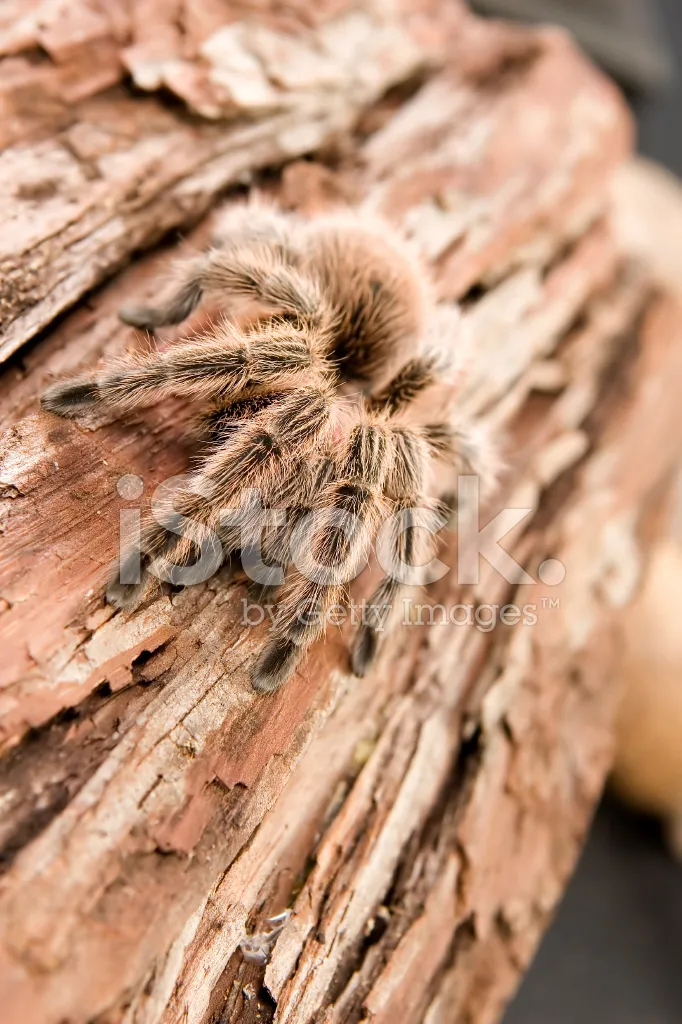
The size of the enclosure depends on the size of your Chilean Rose Tarantula. A general guideline is to provide an enclosure that is at least three times the tarantula’s leg span in width and length. For a juvenile, a smaller enclosure may be appropriate, allowing them to feel more secure. As they grow, they will need a larger space. The enclosure should be escape-proof, with a secure lid. Glass or clear plastic terrariums are the most popular choices, allowing for easy viewing of your pet. Ensure the enclosure has proper ventilation to prevent the buildup of harmful humidity and maintain good air quality. Consider the adult size of the tarantula when selecting the enclosure to avoid having to upgrade frequently.
Substrate Selection
The substrate is the material that covers the bottom of the enclosure. It provides a comfortable environment for your tarantula to burrow and hide. Choose a substrate that retains moisture while also providing good drainage. A mix of peat moss, vermiculite, and coconut fiber is an excellent choice. Avoid substrates that can be harmful to your tarantula, such as gravel or sand. The substrate should be deep enough for the tarantula to burrow, typically 2-4 inches. Change the substrate regularly to prevent the buildup of bacteria and mold. This will ensure a healthy environment and help maintain the proper humidity levels. A well-maintained substrate is a key element in the well-being of your Chilean Rose Tarantula.
Temperature and Humidity
Chilean Rose Tarantulas thrive in a temperature range of 70-80°F (21-27°C). Maintaining a consistent temperature is crucial for their health and activity levels. A heat source, such as a heat mat or a ceramic heat emitter, can be used to maintain the proper temperature. Place the heat source on one side of the enclosure to create a temperature gradient, allowing the tarantula to regulate its body temperature. The humidity levels should be kept between 60-70%. Use a hygrometer to monitor the humidity levels. Mist the enclosure with water regularly, or provide a shallow water dish for the tarantula to drink from. Proper temperature and humidity are vital for successful molting and overall well-being of your Chilean Rose Tarantula.
Chilean Rose Tarantula Feeding and Nutrition
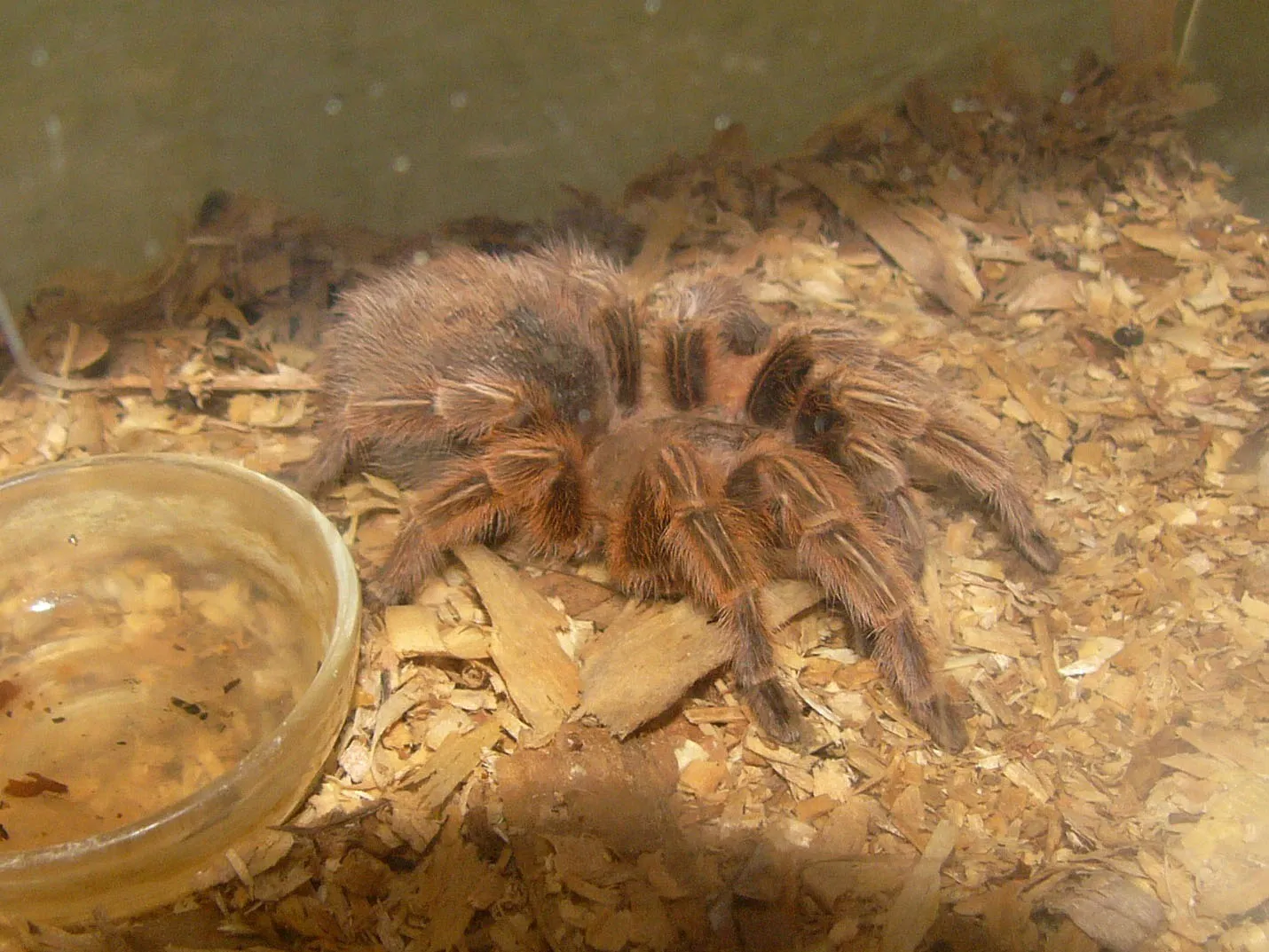
Feeding your Chilean Rose Tarantula is a relatively simple task, but it’s crucial for their health. They are opportunistic predators and will eat a variety of insects. Providing the correct diet, appropriate feeding frequency, and adequate hydration will help your tarantula thrive. Understanding their dietary needs will not only ensure their survival but also allow you to enjoy observing their natural hunting behaviors. Choosing the right food and feeding them properly is a fundamental part of providing excellent care.
Best Food Options
The primary diet for Chilean Rose Tarantulas consists of insects. Crickets, mealworms, and roaches are common and readily available options. Gut-load the insects with nutritious food, such as fruits and vegetables, before feeding them to your tarantula. This will ensure your tarantula receives a balanced diet. Avoid feeding your tarantula insects that have been exposed to pesticides. The size of the insect should be appropriate for the size of your tarantula. Generally, the prey should be no larger than the tarantula’s abdomen. Variety in their diet is also beneficial, but ensure that all insects are safe and free of harmful substances.
Feeding Frequency
The feeding frequency depends on the age and size of your Chilean Rose Tarantula. Spiderlings and juveniles typically need to be fed more frequently, about twice a week. Adults can be fed once a week or even less often. Observe your tarantula’s abdomen to gauge whether it is well-fed. A full abdomen indicates that the tarantula is well-nourished. Do not overfeed your tarantula, as this can lead to health problems. Remove any uneaten food within 24 hours to prevent mold and bacteria growth in the enclosure. Adjust the feeding schedule as needed based on the tarantula’s activity level and overall health.
Watering and Hydration
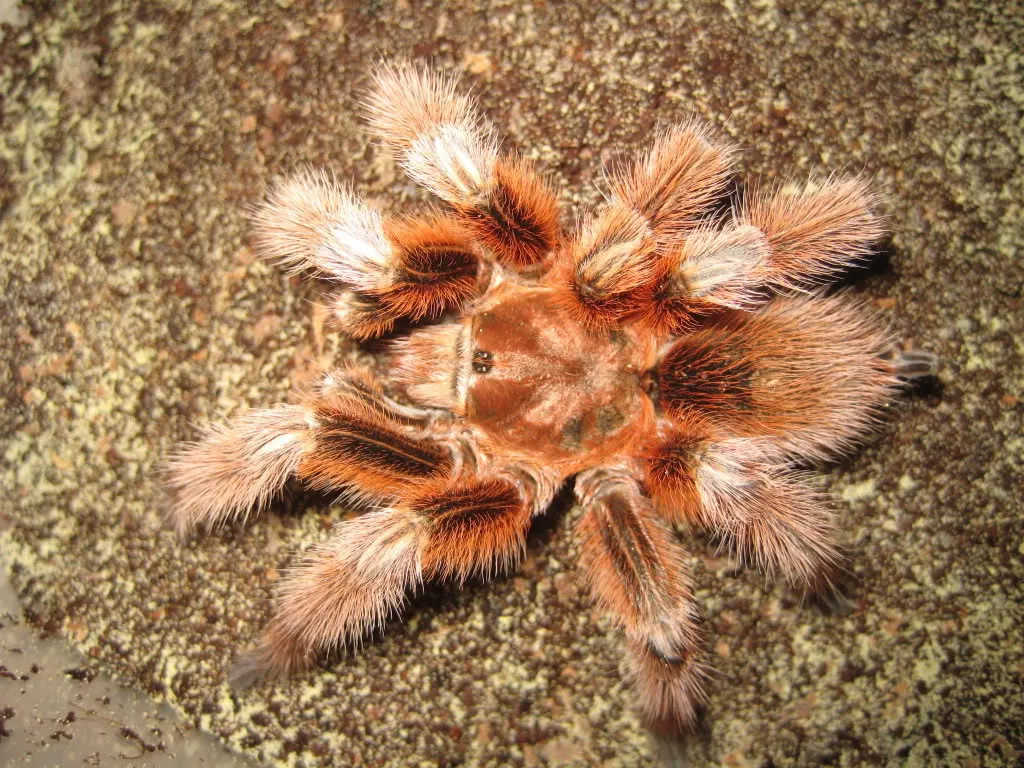
Providing fresh water is essential for your Chilean Rose Tarantula’s hydration. Use a shallow water dish that is easily accessible and not too deep, to prevent accidental drowning. The water dish should be cleaned and refilled regularly. Alternatively, you can mist the enclosure with water, especially during molting. Ensure that the water is free of chlorine and other chemicals. If using tap water, allow it to sit for 24 hours to allow the chlorine to dissipate, or use a water conditioner. Proper hydration is crucial for molting and overall health. Observe your tarantula’s behavior and adjust your watering routine as needed.
Handling Your Chilean Rose Tarantula
While Chilean Rose Tarantulas are known for their docile nature, it is important to handle them with care and respect. Understanding their behavior and practicing proper safety precautions will ensure both your safety and the well-being of your tarantula. Handling should be kept to a minimum, as excessive handling can stress the tarantula. If you choose to handle your tarantula, approach them with confidence and gentle movements. Never force the tarantula to come out of their enclosure. Always supervise children when they are near the tarantula. Remember, respecting the tarantula’s space and understanding their needs is essential to building a positive relationship.
Safety Precautions
Before handling your Chilean Rose Tarantula, take some important safety precautions. Wash your hands thoroughly to remove any scents that may agitate the tarantula. Handle the tarantula over a soft surface, such as a bed or a couch, in case it falls. Be aware of the tarantula’s defensive behaviors, such as flicking hairs (urticating hairs) or biting. Urticating hairs can cause irritation to the skin and eyes. Avoid sudden movements and loud noises, as these can startle the tarantula. Always be mindful of the tarantula’s body language. If the tarantula appears agitated or defensive, it is best to leave it alone. Prioritizing safety during handling ensures a safe experience for both you and your tarantula.
Handling Frequency

Handling your Chilean Rose Tarantula should be kept to a minimum. Excessive handling can stress the tarantula. Only handle them when necessary, such as for cleaning their enclosure or checking their health. If you choose to handle your tarantula, do so for short periods of time. Avoid handling them during or after a molt, as they will be more vulnerable. Always be gentle and avoid any actions that could cause injury. Respect the tarantula’s space and only handle them when they are calm and receptive. Limiting handling will contribute to their well-being and minimize the risk of stress or injury.
Common Health Issues
Like all animals, Chilean Rose Tarantulas can experience health issues. Recognizing the signs of illness and knowing how to respond can help prevent serious problems. By understanding common health issues and providing preventative care, you can ensure that your tarantula lives a long and healthy life. Regular observation and prompt action are key to maintaining their well-being. Being proactive in their care will contribute to your enjoyment of this unique pet.
Recognizing Signs of Illness
It is essential to monitor your Chilean Rose Tarantula for signs of illness. These include loss of appetite, lethargy, unusual body positioning, and difficulty molting. A tarantula that is not eating may have a health issue. Lethargy can indicate stress or illness. Difficulty molting, such as being unable to shed their skin completely, can be a serious problem. Examine the tarantula’s abdomen for any signs of injury or parasites. If you notice any of these signs, consult with a veterinarian who specializes in exotic animals. Early intervention is key to treating any health issues. Promptly addressing any health concerns will increase the chances of a full recovery.
Preventative Care
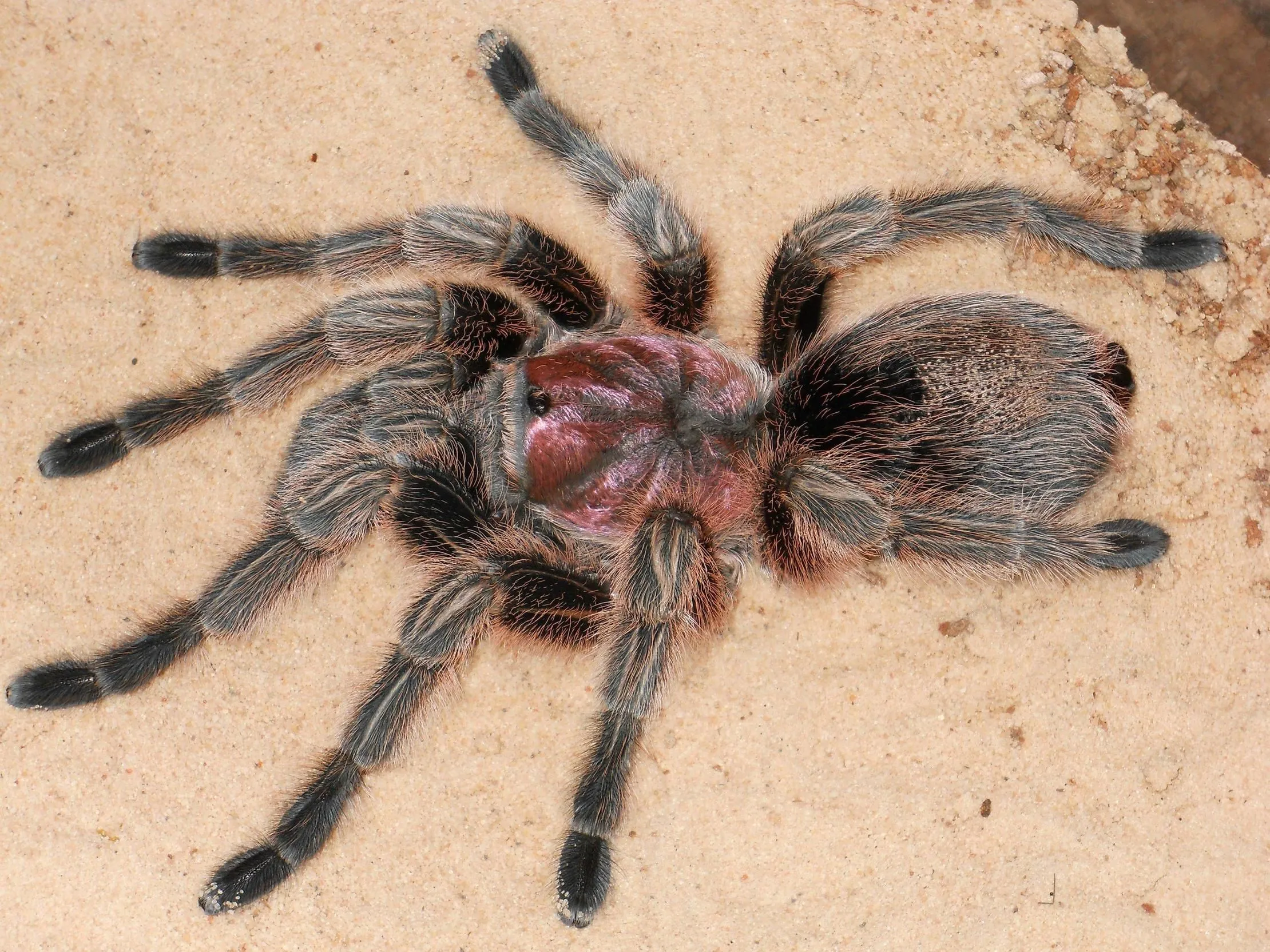
Preventative care is crucial for maintaining the health of your Chilean Rose Tarantula. Provide a clean and properly maintained habitat, with appropriate temperature and humidity levels. Offer a balanced diet and avoid overfeeding. Regularly remove uneaten food to prevent mold and bacteria growth. Ensure that the water dish is always clean and filled with fresh water. Avoid handling the tarantula excessively. By taking these preventative measures, you can minimize the risk of health problems. Regular observation and prompt action are key to maintaining their well-being. Providing preventative care will create a thriving and healthy environment for your Chilean Rose Tarantula, enhancing your experience as a pet owner.
